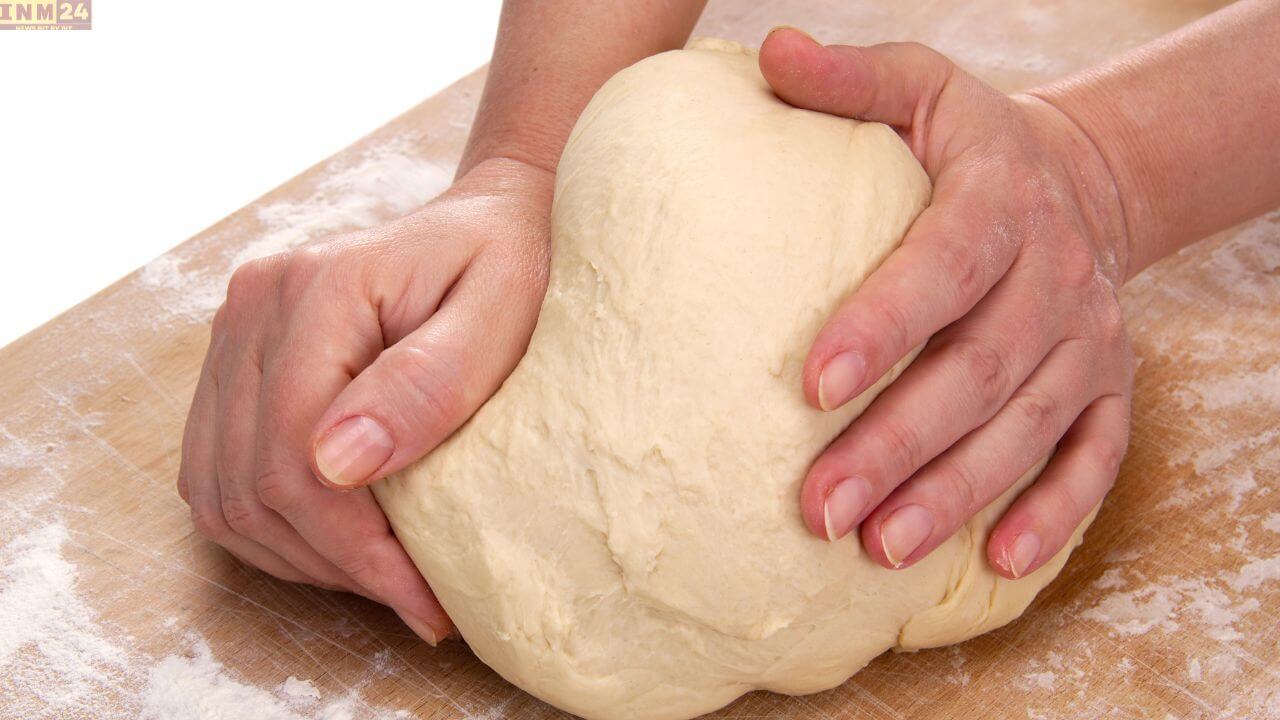Roti, an essential part of Indian cuisine, completes the Indian meal. The aroma of warm, fresh, and soft rotis increases appetite and satisfaction. However, while roti is not only about taste but also about maintaining health.
Common Mistakes While Kneading Dough
Immediate Rolling
Many people tend to roll out the dough immediately after kneading. However, it’s advisable to let the kneaded dough rest for at least 15 minutes, covered with a cloth. This allows the dough to relax, resulting in softer and fluffier rotis.
Choice of Cooking Utensil
Rotis should never be cooked on a non-stick pan. Instead, opt for a cast-iron skillet. Cooking rotis on a cast-iron skillet ensures even heating and better texture.
Avoiding Aluminum Foil
Using aluminum foil to keep rotis warm is not recommended. It’s not only detrimental to health but also affects the taste of rotis. Opt for a clean cloth or an insulated roti basket instead.
Choosing Flour Quality
Consuming finely ground flour or packaged flour may not be ideal for health. Instead, opt for multigrain flour, which is healthier. Additionally, kneading the dough for at least 10 minutes is essential to develop gluten and ensure good quality rotis.
By avoiding these common mistakes while kneading dough, one can ensure not only delicious but also healthier rotis for the family.
